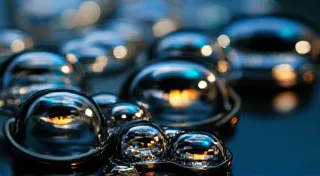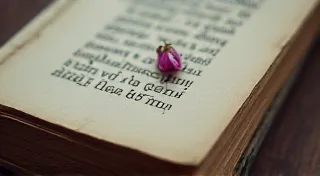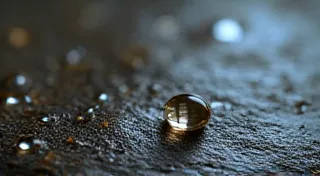Beyond Black and White: Exploring Uncommon Ribbon Colors and Their Story
The clatter of keys, the gentle tug of the carriage return, the satisfying impression left on the page – these are the sensations that draw us to antique typewriters. But beyond the machines themselves, lies a subtle world of beauty and history often overlooked: the typewriter ribbon. Most collectors are familiar with the standard black ribbons, essential for legible documents. However, venturing beyond this familiar territory reveals a rainbow of hues, each with its own fascinating backstory, whispering tales of forgotten eras and individual expression. This isn't just about identifying colors; it’s about uncovering a piece of a lost artisan tradition, and appreciating the depth of human creativity.
Imagine holding a ribbon of vibrant violet in your hand. It’s not just ink; it’s a portal to a time when typewriters were more than just office tools – they were instruments of artistry and personal flair. Collecting antique typewriter ribbons isn’t simply about accumulating objects; it’s about safeguarding these fragments of the past, preserving the stories they hold within their delicate coils.
The Rise of Color: From Practicality to Personality
For the earliest typewriters, functionality reigned supreme. Black ink was the logical choice – it offered good contrast and was readily available. However, as typewriter technology evolved, so did the desires of its users. The late 19th and early 20th centuries were periods of significant social change, of expanding self-expression and a burgeoning middle class eager to showcase their individuality. Typewriters were embraced by authors, poets, and businesses alike, and a desire for differentiation emerged.
The first forays into color were likely experimental, spurred on by innovations in dye manufacturing. Early colored ribbons weren't necessarily manufactured with the same level of precision as their black counterparts. They were often less durable, prone to fading, and sometimes even bled onto the typed page. Yet, this imperfection is precisely what makes them so captivating today, a testament to the ingenuity of the era's chemists and ribbon manufacturers.

Uncommon Colors and Their Possible Meanings
Let’s explore some of the more unusual colors found on antique typewriter ribbons. Red, naturally, was one of the first to appear, often used for corrections or for highlighting important text. But then we find colors like violet, a symbol of royalty and creativity, frequently appearing on ribbons associated with artistic endeavors or personal correspondence.
Green ribbons are less common, but their presence suggests a connection to nature or a desire to evoke a feeling of tranquility. Blue, in its various shades, can represent loyalty, confidence, or a sense of melancholy. Even rarer are ribbons in shades of pink, orange, or brown – each likely representing a niche market or a short-lived manufacturing trend. Identifying the manufacturer and typewriter model associated with these colors is often a puzzle, requiring diligent research and a keen eye for detail.
Consider the story behind a faded turquoise ribbon I recently acquired, associated with a 1920s Underwood. The ribbon, despite its fragility, had a distinctive, slightly metallic sheen. My research pointed to a small, independent ribbon manufacturer in Philadelphia, known for experimenting with unusual dyes. Imagining the person who used that typewriter, crafting letters or perhaps a short story on that beautiful, turquoise-tinged paper, feels incredibly poignant. It’s a connection across time, forged by a shared appreciation for beauty and craftsmanship.
The Role of Manufacturers and Typewriter Models
Understanding the manufacturer is crucial to identifying and dating a typewriter ribbon. Companies like Smith Corona, IBM, and Underwood were major players, but countless smaller manufacturers also produced ribbons, often bearing little more than a printed name or logo. These lesser-known companies often catered to specific markets or experimented with different dyes and materials.
Furthermore, certain typewriter models were more likely to have been used with particular colors. For example, ribbons associated with literary typewriters, like the Hammond or Blickensderfer, might be more likely to feature unusual colors, reflecting the artistic inclinations of their users. The compatibility between ribbon and typewriter is another important factor - incorrect ribbon width or core size can damage both the ribbon and the machine. Understanding the typewriter’s specifications is key to identifying the correct ribbon type.
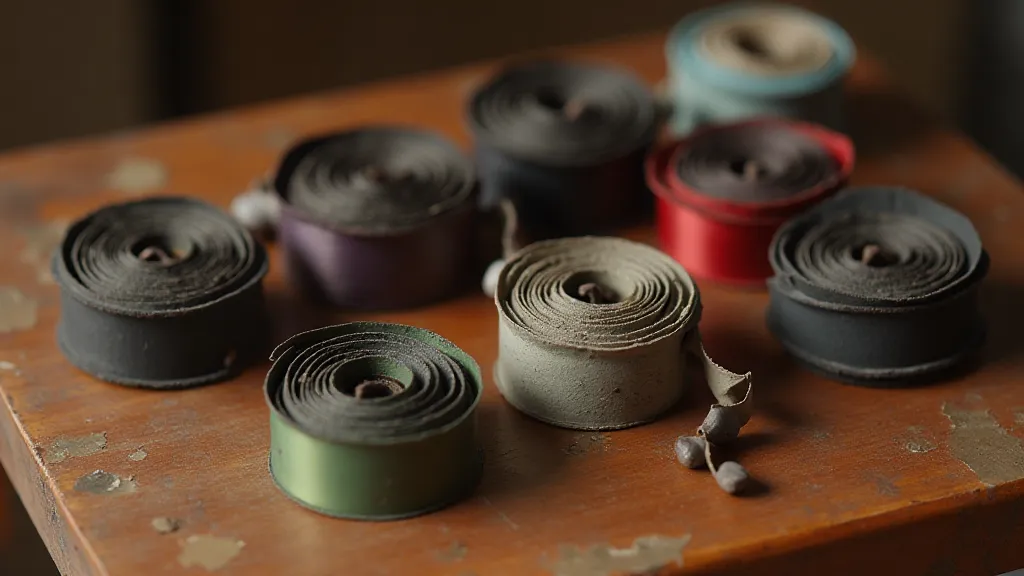
Preservation and Restoration Challenges
Antique typewriter ribbons are incredibly fragile. Exposure to light, air, and moisture can cause them to fade, crack, and disintegrate. Proper storage is paramount. Ideally, ribbons should be stored in a cool, dark, and dry environment, wrapped in acid-free paper. Handling them with care is also essential – avoid touching the surface of the ribbon, as oils from your skin can accelerate degradation.
Restoration is a delicate and often impossible task. Attempts to clean or repair a ribbon can easily cause irreversible damage. The best approach is often to accept the ribbon's imperfections as part of its history. The subtle imperfections – the slight fading, the minor cracks – tell a story of time and use, adding to its unique charm. For collectors and restorers, patience and meticulous attention to detail are essential qualities.
The Future of Ribbon Collecting
The world of antique typewriter ribbons is a niche but passionate community. As awareness of these often-overlooked treasures grows, so too does the demand for well-preserved and accurately identified examples. The internet has been instrumental in connecting collectors and facilitating the sharing of knowledge and resources.
Beyond the monetary value, however, lies the intrinsic reward of preserving a tangible link to the past. Each ribbon represents not just ink and fabric, but a moment in time, a story waiting to be rediscovered. It’s a chance to connect with the individuals who used these machines, to appreciate their creativity and ingenuity, and to celebrate the enduring legacy of the typewriter.
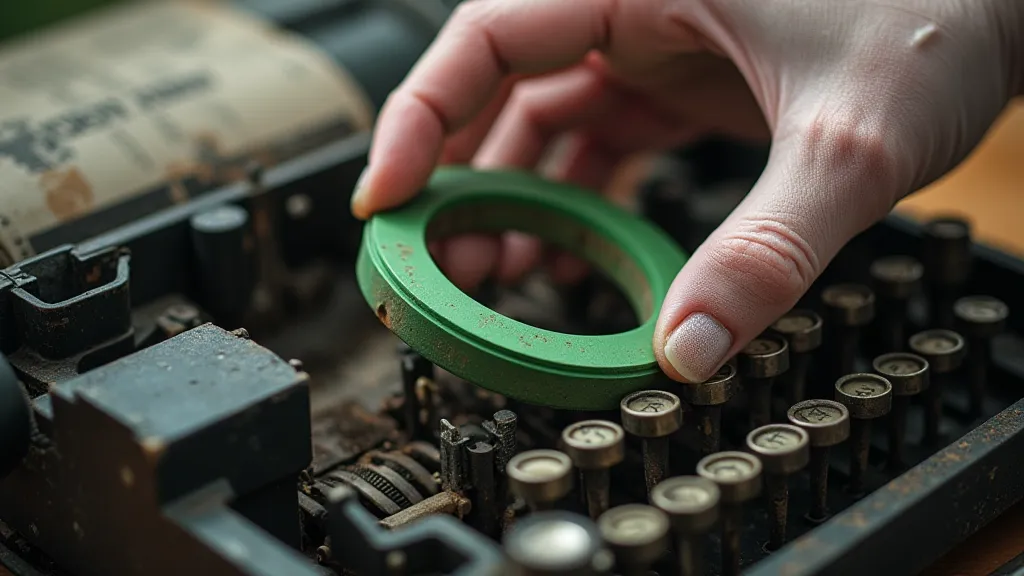
The next time you encounter an antique typewriter ribbon, take a moment to appreciate its beauty, its history, and its silent story. It’s a small piece of the past, waiting to be unveiled.

